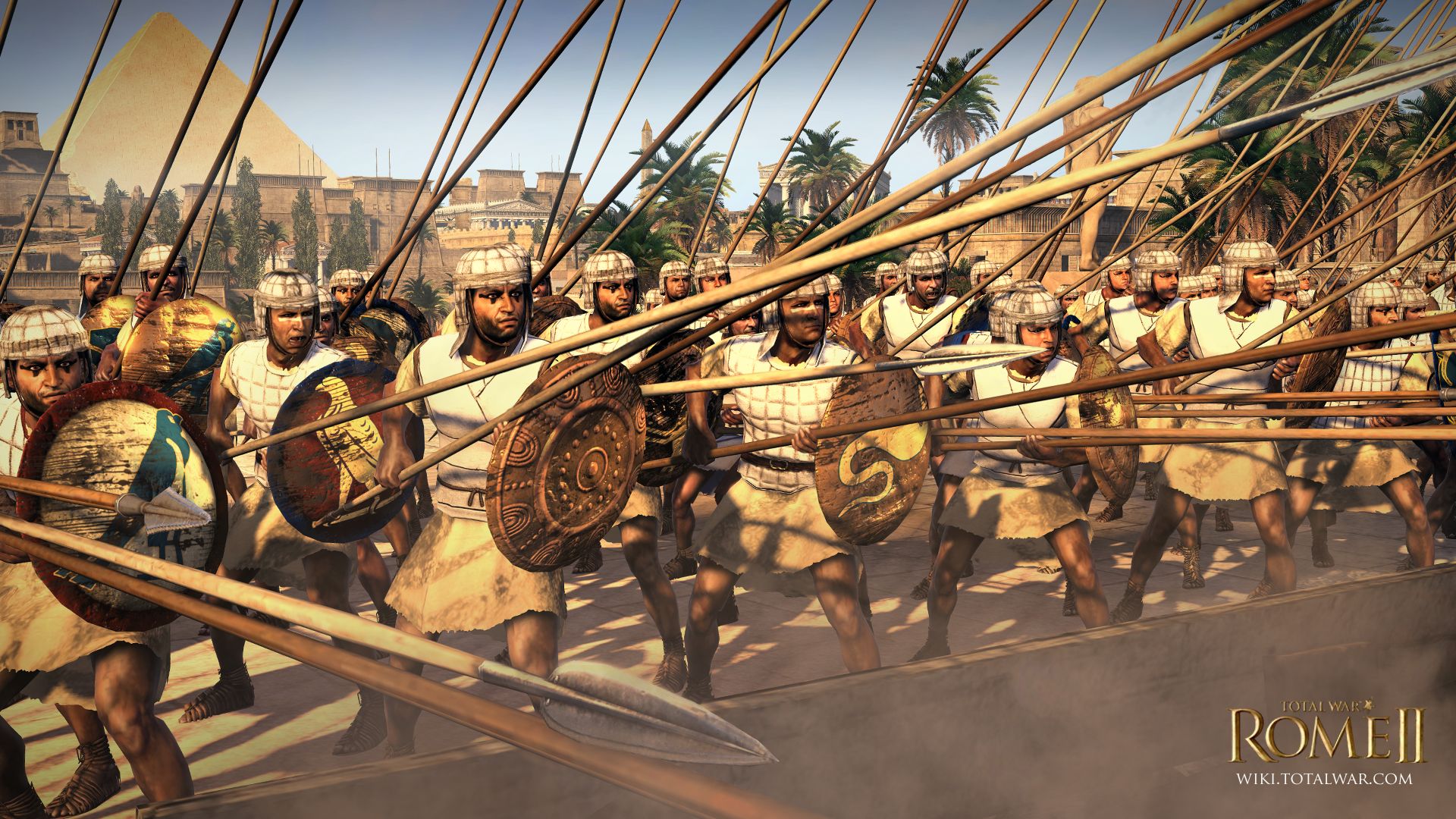
I am a bit of a Total War fanboy and history nerd at large, so I thought it pertinent to run you through the very best (and worst) the series had to offer. It really did turn out to be an incredibly difficult job, trying to separate my own personal preferences for certain eras from the quality of the games themselves. Here goes…
Total War Saga: Thrones of Britannia
I hesitate to even include this one on the list, firstly because the loosely defined “Saga” element of its title may mean that it shouldn’t count as part of the main series, and secondly because it is essentially the Fredo Corleone of the Total War series. I was all ready to love this title. The Barbarian Invasion expansion for the first Total War game (which had a similar map to Thrones) was amongst my favourite Total War campaigns ever, but this release disappointed at almost every turn. Yes, it was a buggy, awkward mess with pseudo-historical context as a setting, but I could go some way to letting that go if it wasn’t so unbelievably boring. Honestly give this one between 0 and 4 minutes of your time. It’s worth no more than that.
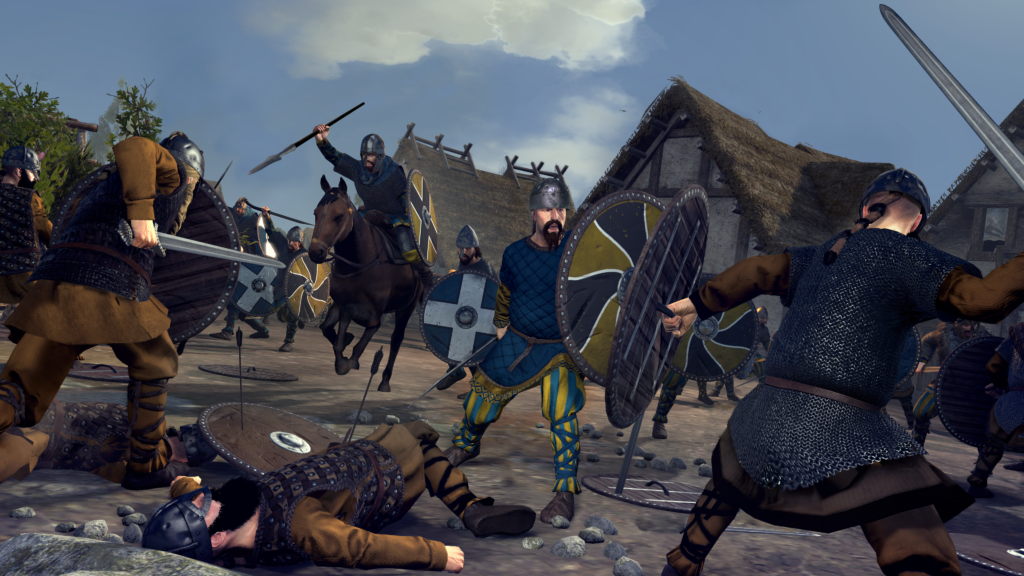
Total War Saga: Troy
The better, less stilted of the Saga brothers, Total War Saga: Troy was actually given away for free via the Epic Store on its release. This led to an unbelievable 7.5 million copies being claimed in the first 24 hours and a user base ranging from hardcore fans of the series to those who hadn’t even played a strategy game of this type before. The effect of this was a broad spectrum of opinion on this game’s successes and failures and a mixed, but majority positive, response. It is more complete and interesting than Brittania but still almost feels like half a game, a re-skin of better creations. I cannot actively tell you not to play this but a recommendation in good conscience isn’t plausible either.
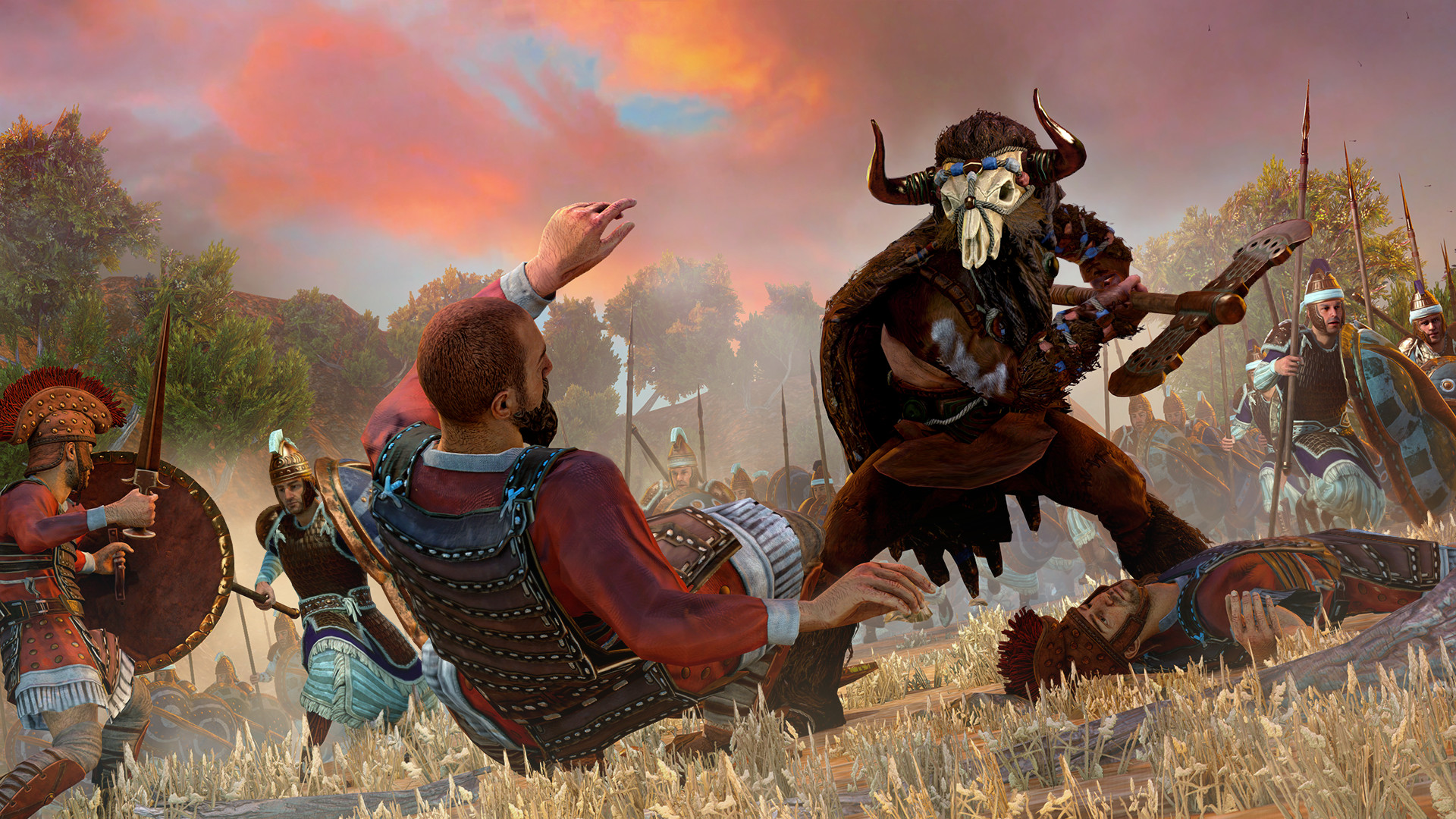
Shogun: Total War
This one, as with the next entry on this list, is pretty heart wrenching to put so low down. The only reason for this is the relentless and irrepressible passage of time. On its release, Shogun was genuinely amazing. So amazing in fact that we got a new computer specifically to play it at an acceptable frame rate and experience something which nobody had ever seen before. Sure, RTS games were very much present and popular at the time, but the scale and ambition of the project was unique and groundbreaking. The unit formations, massive battles and thunderous cavalry charges were all there, and continue to serve as the very root of the franchise today. Sadly, if you were to go back and play it now it would almost certainly offer a jarring experience, as the rudimentary mechanics and gameplay come to the for. A true epic, but one which shows its age more than 20 years later.
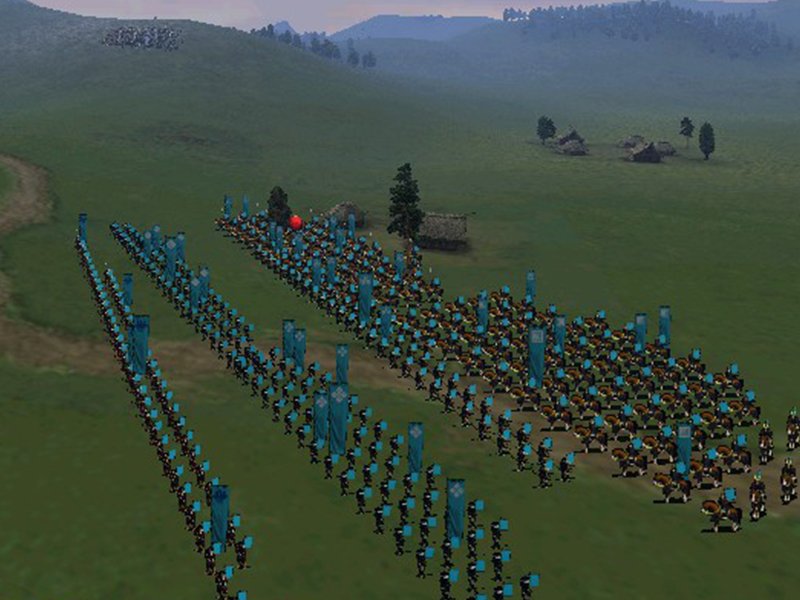
Medieval: Total War
As with the last entry, Medieval: Total War has not aged particularly brilliantly. I managed to nab a copy of this on release day way back in 2002 with my dad before spending the entire day massacring the Scottish in interesting and unusual ways (nothing personal against the lovely Scots, they’re just an immediate issue when you pick England for the campaign). The game had updated visuals from its predecessor, albeit running on the same TW Engine 1, and all of Europe and parts of the Middle-East to play with. Other interesting gameplay elements like the Crusades or Jihad, depending on your faction religion, were introduced and it was the last game to feature those little chess-like pieces you had to drag and drop around the campaign map. In spite of all the improvements to later games, I really miss those. The Viking Invasion expansion is also an all-time classic. The better of the two games to be made on the OG engine, it has a special place in the history of the franchise and should be respected as such.
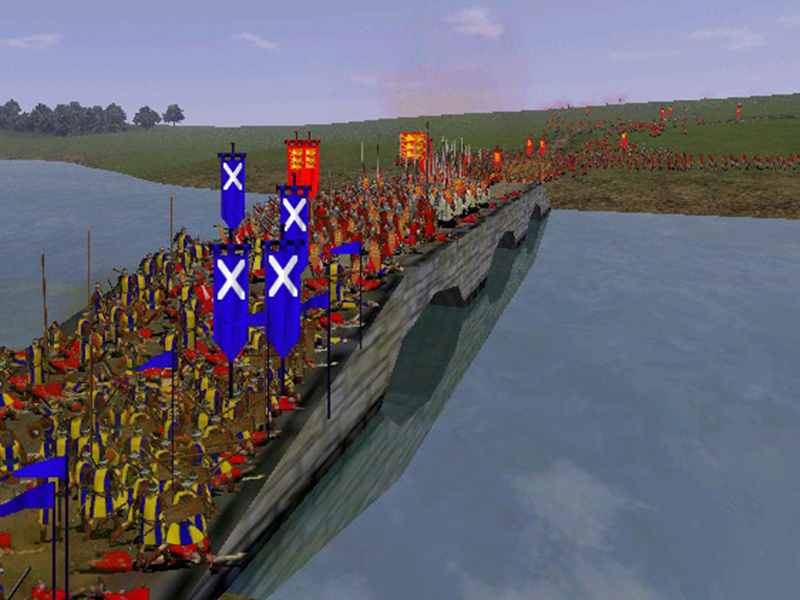
Total War: Warhammer
As someone who painted miniatures as a child (poorly) and continues to do so to this day, the announcement of this was a pretty big deal for me. It also says something about the quality of the releases in this list that this was, and is, a good game. Featuring all of the major factions you’d expect from pre-Sigmar Warhammer (as a major proponent of Bretonnian might I really appreciated this), the game offered an excellent representation of the style, scale and complexities of the conflicts in the Warhammer universe. The game managed to handle the fantasy elements well, with the monsters and magic fitting into the equation well. It may well have also been a victim of its own successes as, after a few content additions and DLC, the direct sequel was confirmed, allowing this game only around a year to operate independently before the player base moved on to the shinier, more recent edition. Still, a good game in his own right.
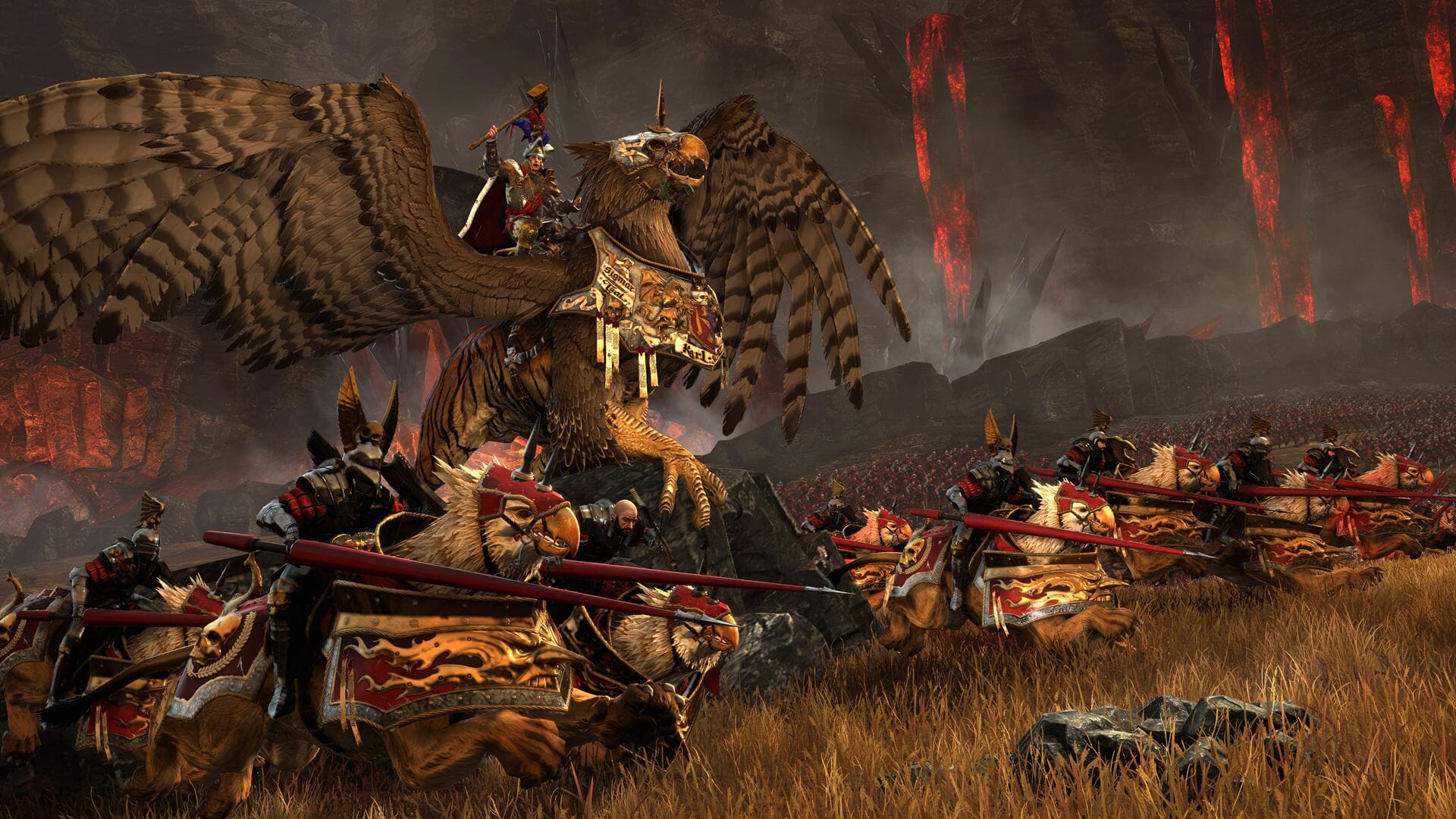
Total War: Attila
Attila was a bit of a weird one. Taking place at the end of the classical Roman period, it offered the player the chance to take on the mantle of the fledgling leader of the Huns, before he takes power, and attempt to replicate his achievements in the fullness of time. It was the first TW game to allow religious conversion based on your chosen faction, which offered bonuses the more prevalent it is in any given three-region province. This was earmarked as a feature based on the context of the great upheaval taking place in Europe at the time, and was overall a positive new addition. Aside from that, it wasn’t especially different to Rome II (apart from being more complete on its release). There was a lot to like here, but also a lot to forget. One thing I can’t forget is the loading times because OH MY GOD were they lengthy.
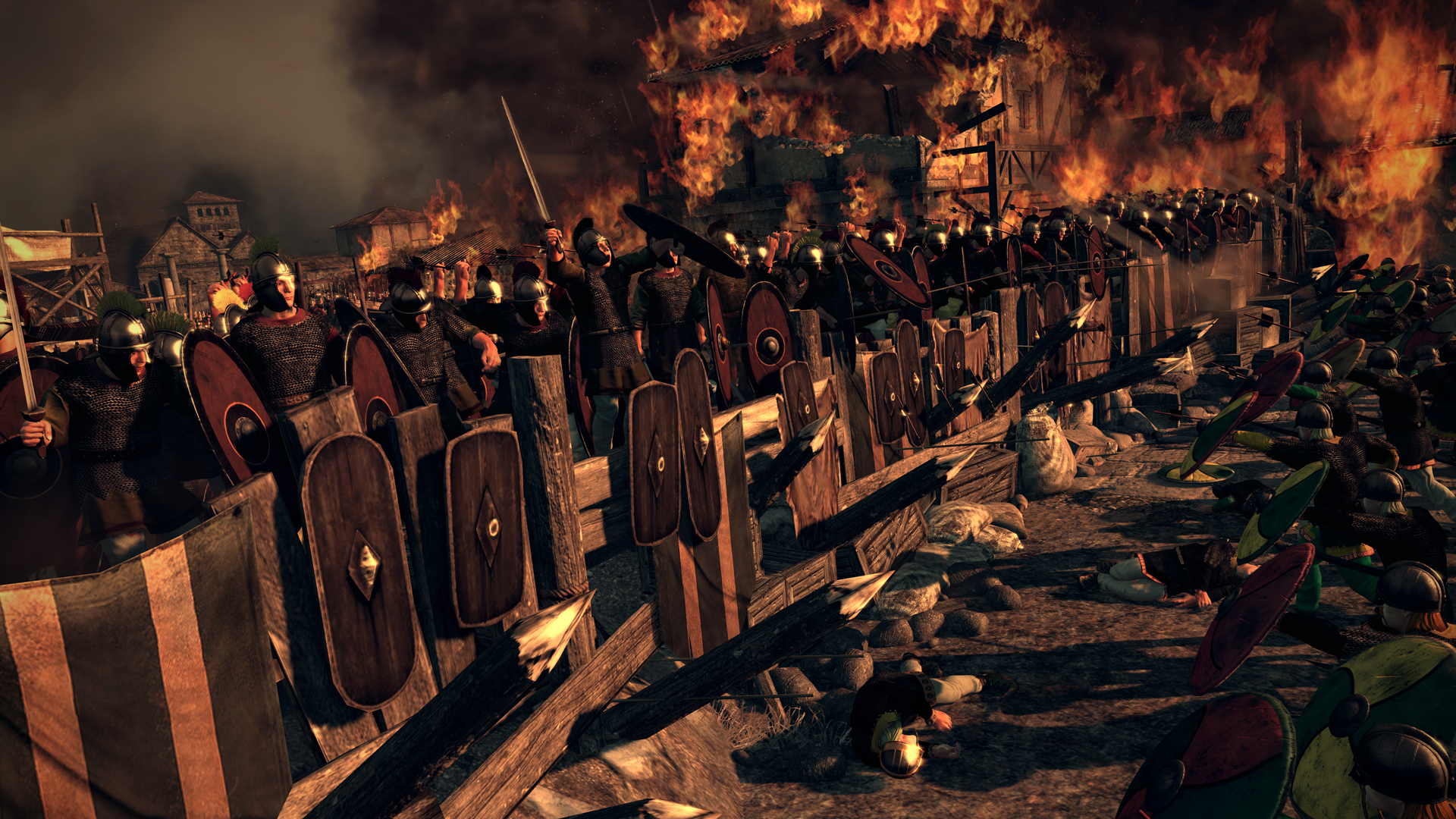
Empire: Total War
On the face of it, Empire: Total War looked like it was going to do something really cool in advancing the series hundreds of years further forward than any previous entry. Sadly, the game itself did not manage to realise the full potential of the idea. The campaign map was where most of the issues came to the fore, with the scale of the thing proving to be a detriment to the detail it was feasible to include. For those of you who haven’t played it, the map is divided into three “theatres” – Europe, the East coast of America and the Indian sub-continent. The problems arose in the scaling, offering very little change from the traditional campaign experience but massively increasing the size of the operation. It often felt unmanageable and unwieldy, as well as there being a palpable disconnect between the three different areas. There was very little holding the entire package together. The battles were certainly better, if a little glitchy (I particularly remember units just getting stuck on fences rather than climbing over them) and offered a great representation of combat at the height of Empire and colonisation. It was fun and certainly had its moments but it never fully managed to emerge from the feeling that this was an opportunity missed.
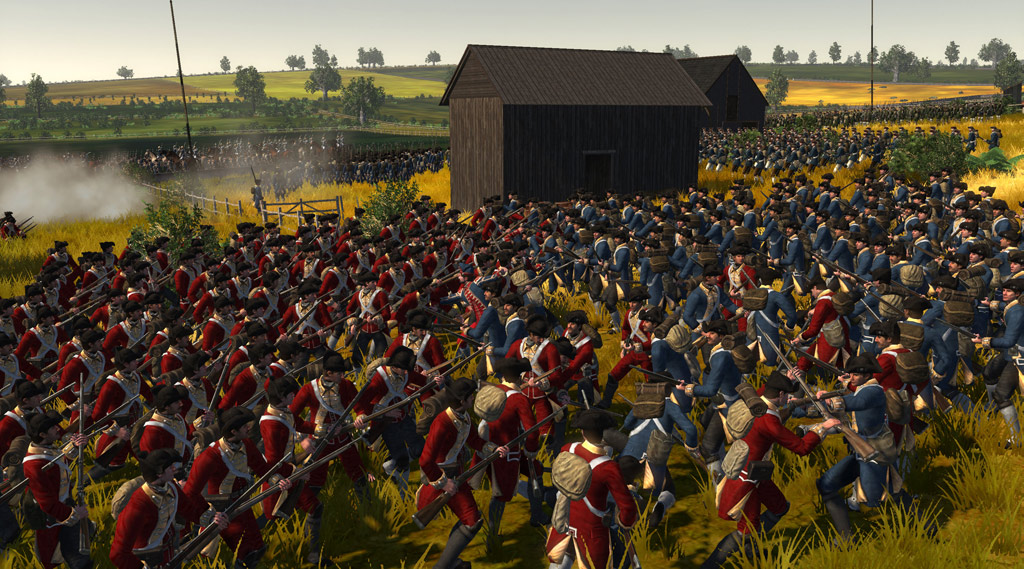
Napoleon: Total War
Napoleon: Total War took the formula from Empire and improved it in in some key areas. The game featured four campaigns, two traditional freeform setups where the player takes control of Napoleon’s expansion across Europe or oppose him as one of either the UK, Russia, Austria or Prussia. The other two are more story focused, covering Napoleon’s famous invasion of Egypt as well as his early campaigns in Italy. The gameplay in real-time is similar to Empire but offers improvements and fine tuning as the development team clearly became more comfortable matching the engine with the concept. It also greatly benefits from the more focused map areas and concentrated theme in terms of the goals and time. Where Empire seemed to say, “Here’s a big old map and some soldiers, do whatever”, Napoleon provided a clear direction and it makes the whole experience so much more cohesive. The naval combat was also improved, allowing the player greater control over, what were previously, very difficult vehicles to control. All in all, Napoleon is a very good entry into the series and the standout “modern” iteration. A return to this one would be a more than welcome direction in the future.
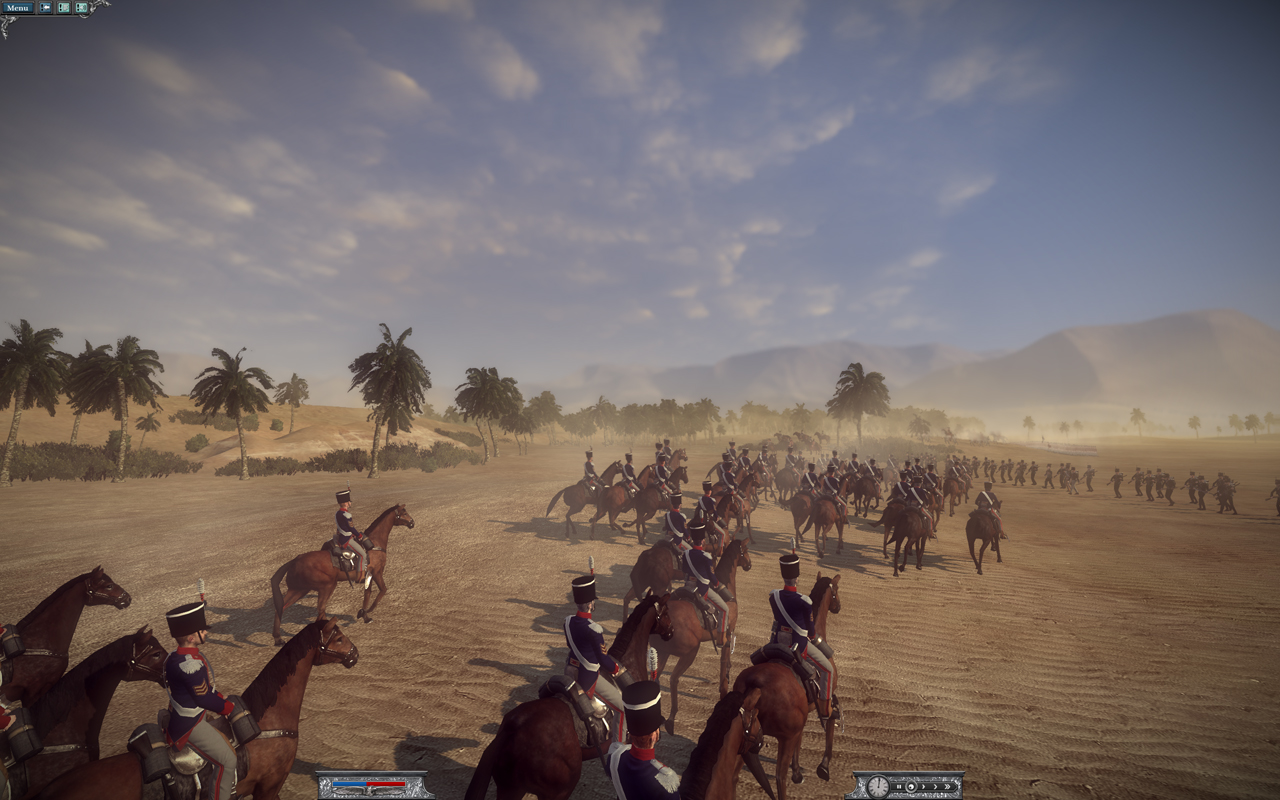
Rome II: Total War
Ahhh Rome II, where do we begin? When this launched back in 2013 (just before my birthday, I might add) it was… problematic. The hype going in was on a level this series had not seen before and sadly the release was riddled with issues for many players. There was an AI that swerved between catatonic and downright bonkers, trouble getting the camera in line during battles and a late game that felt apocalyptically slow. Underneath all of that, however, was a game full of character, range and epic scale that brought one of the greatest strategy games of all time kicking and screaming into the 2010’s. Couple that with the later Emperor’s Edition which addressed almost all of these issues, as well as adding a ton of new content, and we start to get something approaching an excellent game. The DLC were also a mixed bag, where the Imperator Augustus campaign felt like a befuddled mess and the Wrath of Sparta was essentially just a low effort reskin, whereas Caesar in Gaul was a nice change of scale and pacing. On balance, the game in its current state compared to how it was on release probably makes it deserving of a spot around here in the overall list, although it pains me not to rank it higher because of how much I still play it.
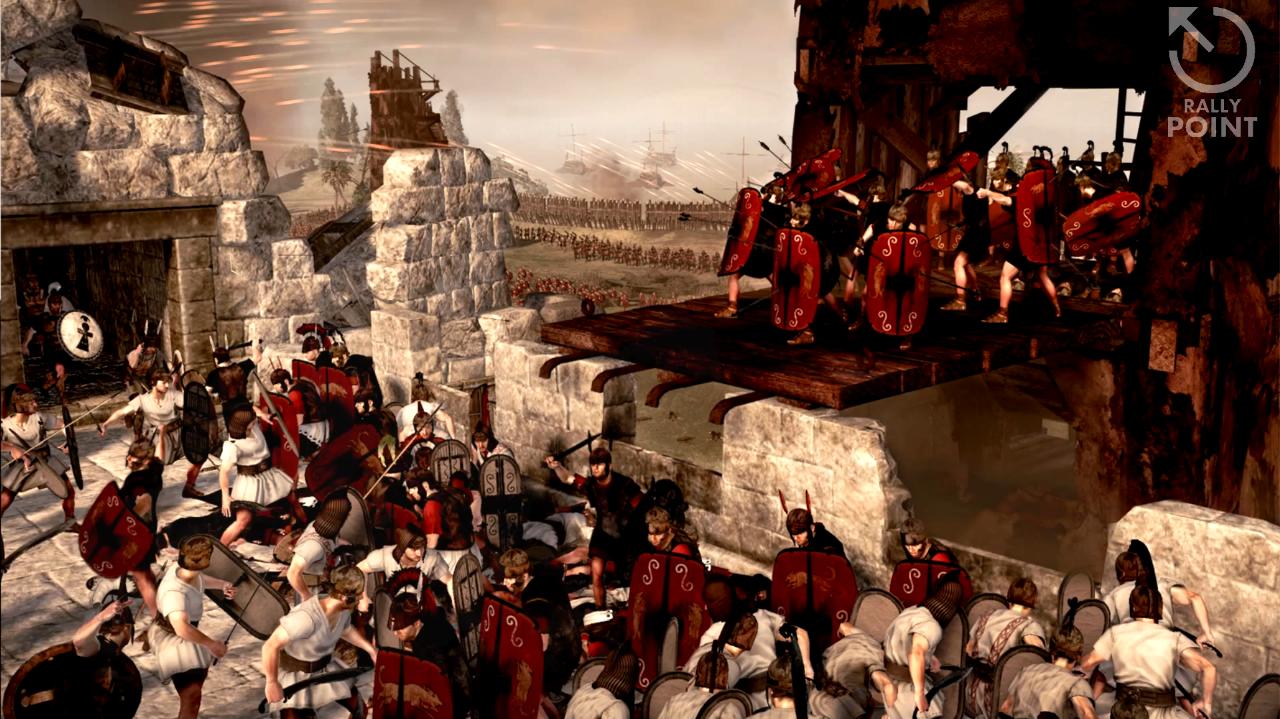
Total War: Three Kingdoms
Three Kingdoms had some way to go before it managed to persuade me that I was interested. This was no fault of the game itself, rather my own interests and my lack of knowledge in the era it deals with. Once I did decide to take the plunge, I found a game which offered depth and attention to detail in spades, enough to put it in the top five Total War games ever (on this list at least). Set between 220-280 AD, the player takes control of one of twelve warring factions each vying to destroy the rest and, in doing so, unify china. The factions have well varied units each of which is led by a unique Warlord with Generals underneath, who have their own bonuses, weaknesses, traits and ancillaries which can be looted if the General who has it is killed or captured. Of all the releases in the series, it is Three Kingdoms which stands out as feeling the most physically massive on the battle map. There wasn’t a marked increase in the number of units one could feasibly deploy, but with up to six armies per faction on the field at any one time, it was an incredible, dense experience to command a horde in this game. It doesn’t quite bring enough to crack the very top of the list but do not sleep on this one. It’s brilliant.

Rome: Total War
Rome: Total War was the first game to use the 2.0 version of the Total War engine and it really showed. There was a sudden and marked increase in the fidelity of, not only the battle map, but the campaign map as well. There were some oddities, chiefly the entirely fictional division of the Romans into four distinct powers, the Julii, the Scipii, the Brutii and the S.P.Q.R faction who controlled Rome and were unavailable to the player at the beginning. Still, even with its inaccuracies, there was something really unique and special here. An epic strategy the like of which I and many others had never seen before. The secondary factions were also a ton of fun to play, with a particular nod to the Greek City states and the time honoured tradition of “Spartan spam” in multiplayer battlers. Or the Seleucids and there really, really long spears. The expansions also worked really well, expanding on the game to the point that Barbarian Invasion almost felt like a standalone title. Trying to keep the Western Roman Empire together on the hardest difficulty is truly one of gaming’s most memorable challenges. Equally, it is the earliest game in the series that I still play all the time in one form or another (there may or may not be a whole lot of Lord of the RIngs moddage going on). It’s an all time great.
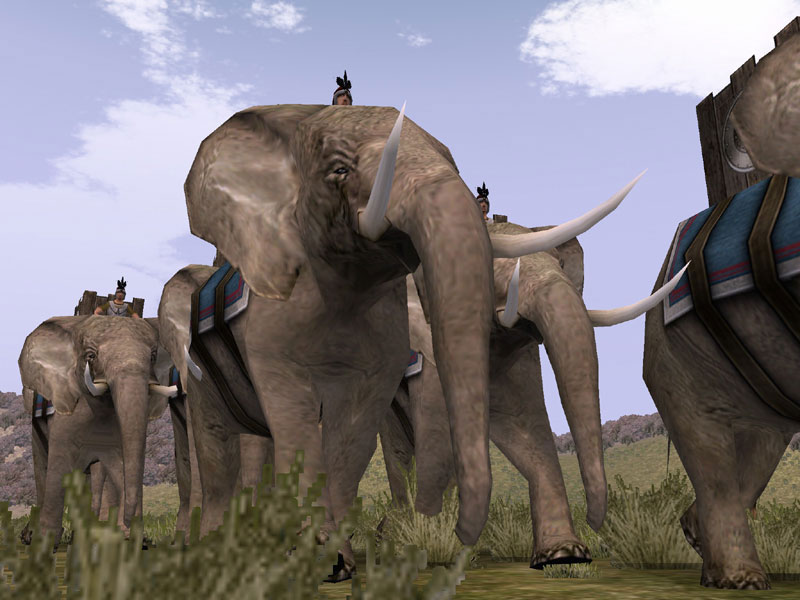
Total War: Warhammer II
The follow-up to the original arrived only a year afterwards and, oh boy, was it changed for the better. I was a little sceptical at first because the gap between the two was so short and I was unconvinced that they would have had the time to make a separate experience worth putting another full price game out for. I could not have been more wrong and more happy about it. Firstly, the player-base was not forced to suffer through the travesty of the Age of Sigmar, retaining the original setup of Fantasy Battles and improving upon the existing mechanics. The main Eye of the Vortex campaign was excellent and offered a unique experience with each different faction, further expanding on the replayability of the game. Subsequent content packs were also great, adding familiar factions like the Tomb Kings and lesser know lore-based units like the Chevalier de Lyonesse. It’s bigger and better than the first, as well as very much maintained to this day (although the announcement of the third title in the Warhammer trilogy means the game is probably about as complete as it will ever be). If you haven’t played it yet because you’re put off by the fantasy elements or a lack of interest in Warhammer as a whole, don’t be. It’s an unrelenting strategy in its own right.
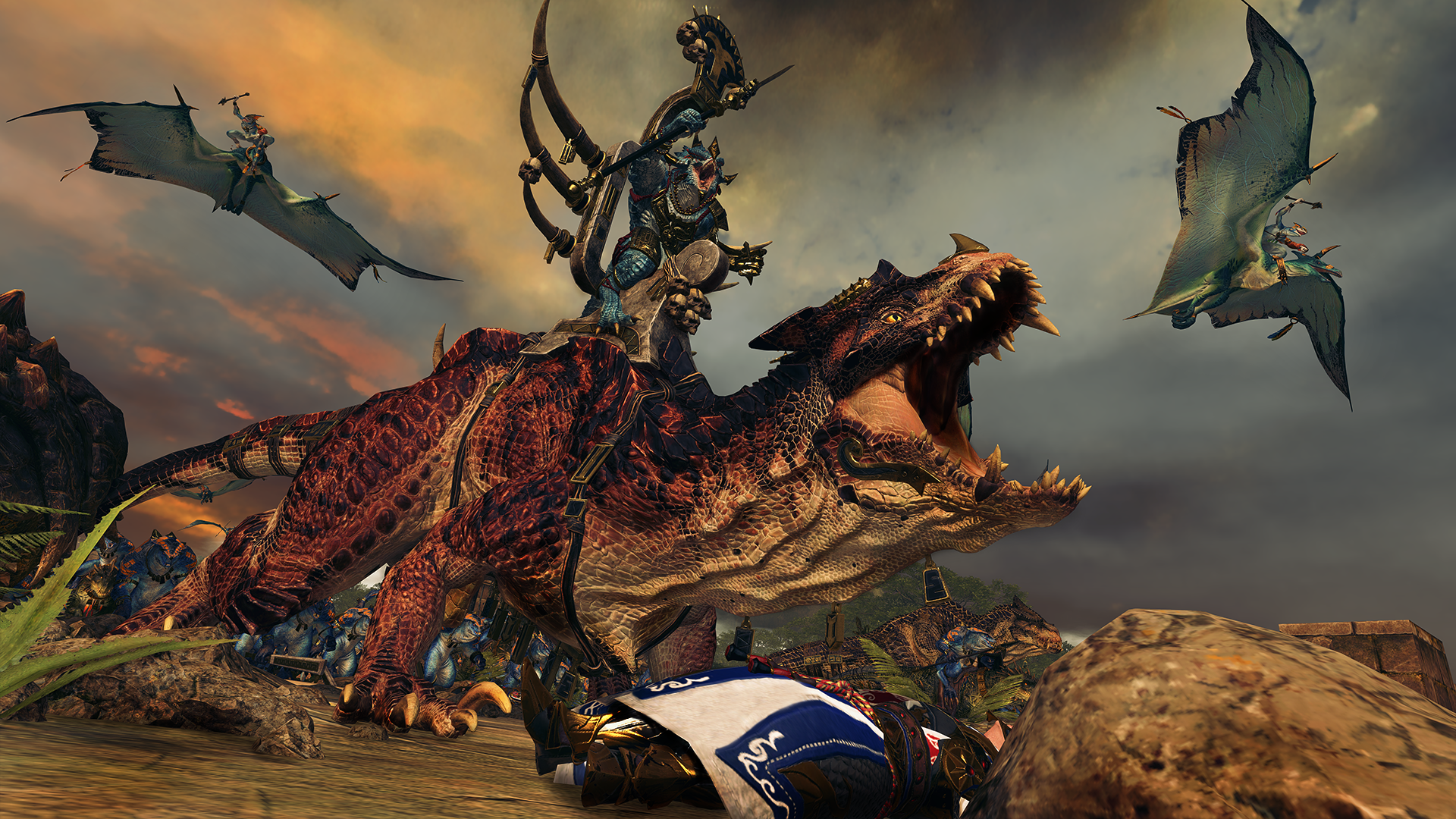
Total War: Shogun 2
It had been 11 years since the first Shogun game burst on to the scene, cementing the direction of Creative Assembly for years to come, and the direct sequel had a lot to live up to. Sure, as I said earlier in this list, the original began to show its age far more quickly than later games, but it was still so loved and revered by the community that Shogun II had a near impossible job to live up to it. Not only did it do that comfortably, but it also secured its own position as one of the best strategies of the era. It set itself apart as one of the most well-rounded in the series, with both the turn-based management and real-time battles offering everything fans of the series could have expected and more. Greater attention was placed on the trading and financial aspects of the campaign, with these areas more critical than ever as we jostled for supremacy in a fractured 16th century Japan. This was also where more roleplaying elements were introduced to major characters, introducing the idea of the “hero” and providing the framework for the later Warhammer: Total War games and the heroes of its canon. The battles truly felt massive, dirty and gritty, taking place in a world which is going through a significant military transition away from traditional sword and shield battles. A game for the ages.
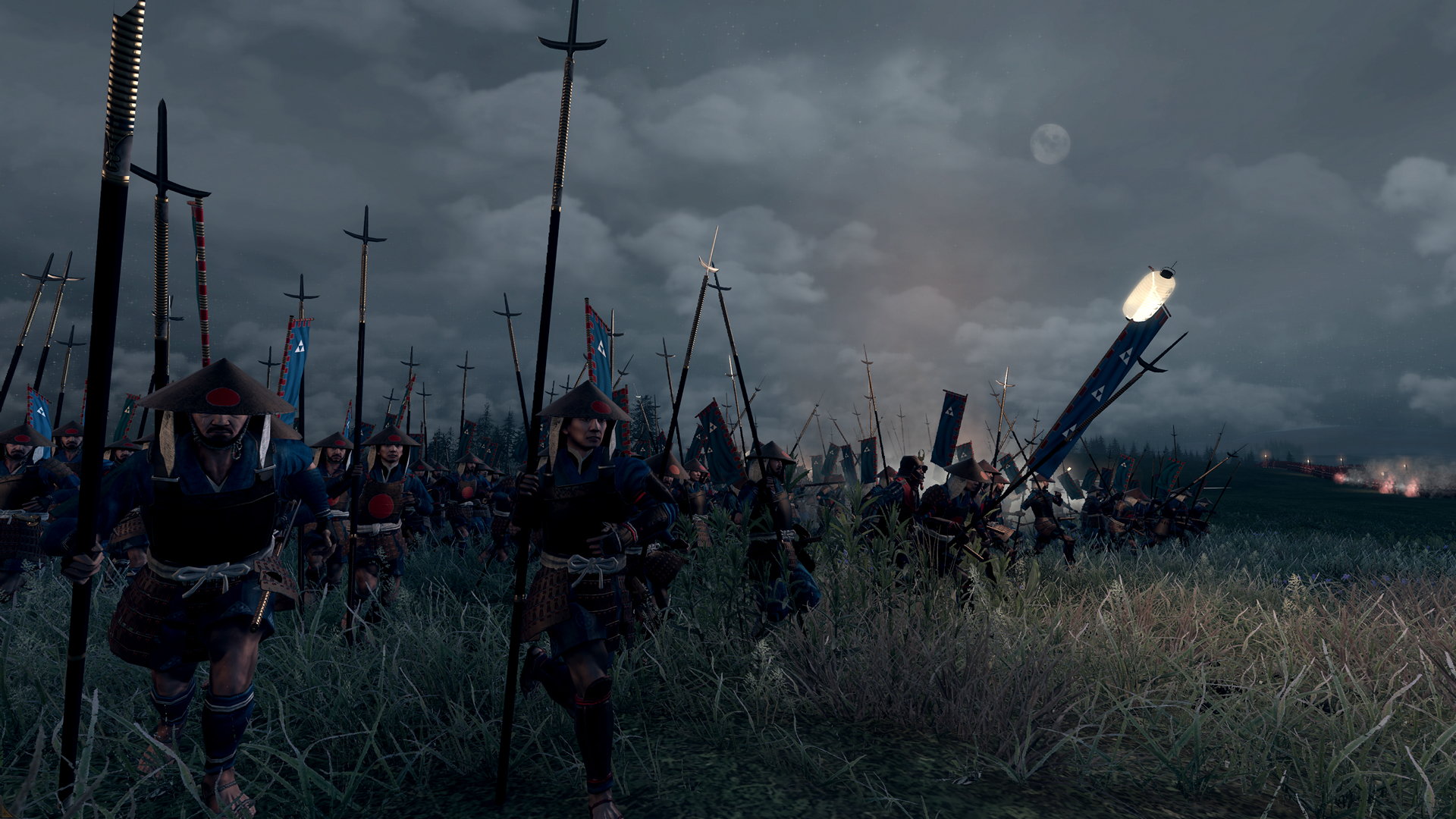
Medieval II: Total War
Medieval II arriving on PC was, for me at least, a monumental event in strategy gaming. Those which had come before had all added elements to the gameplay, mechanics or campaign experience but it was this game which brought all of that together in Creative Assembly’s greatest ever outing. The setting and accompanying visuals were amazing for the time (my PC really started to become sluggish if I pushed it much past medium during a battle back in the day) and offered a sense of immersion and realism that I have not felt from a Total War game before or since, despite the vast improvements in visual fidelity over the last 15 years or so. The Kingdoms expansion is also comfortably one of the best to grace any base game in the series, although the quality therein did vary somewhat with the Britannia and Crusades campaigns getting a special mention for the quality and depth of the historical experience. The fact that you could return to this game today and still find very little wrong with it is testament to the insane level of polish and quality. Couple that with the fact that it was one of the last Total War games to allow for extensive modding offering insane replayability and it is, quite simply, the best Total War ever made. So, you know. Do it. Do it now.
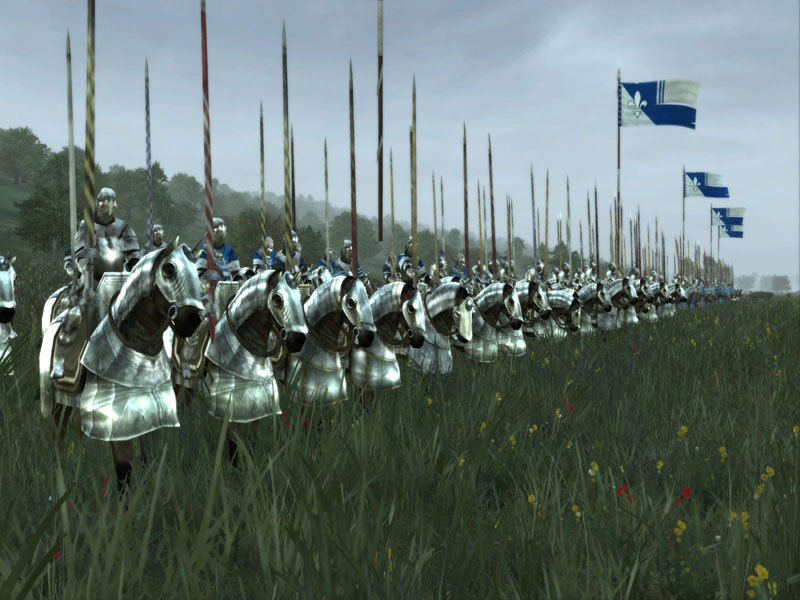
That’s the list! This is certainly going to be one of the more subjective ones out there (mostly due to historical preference, nostalgia and how much these games have varied over their life spans) so make sure to let us know yours in the comments.




